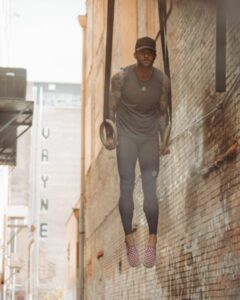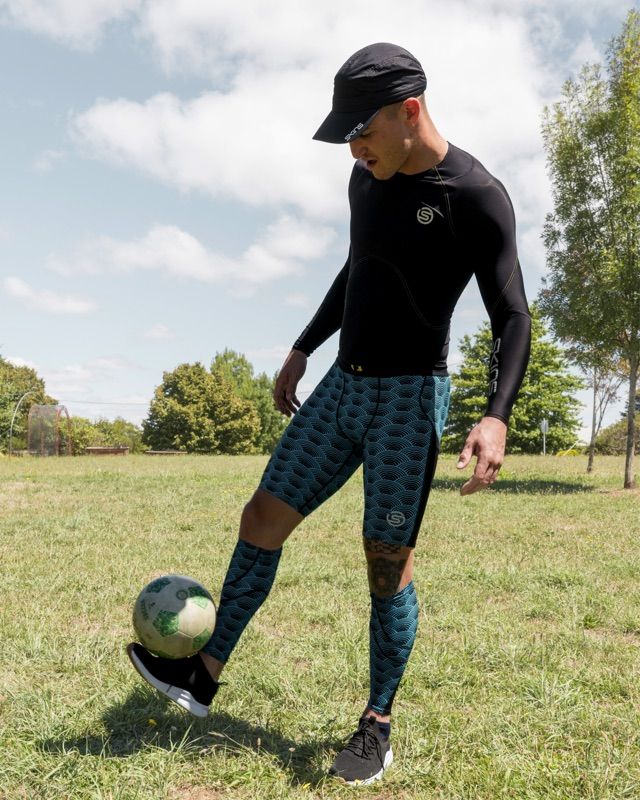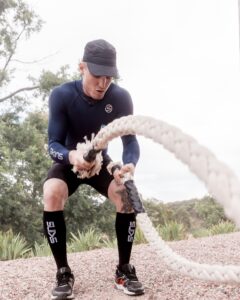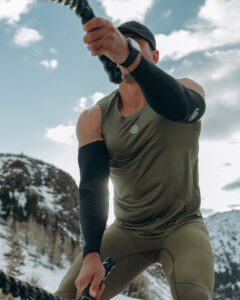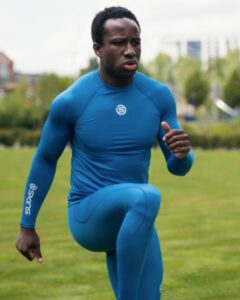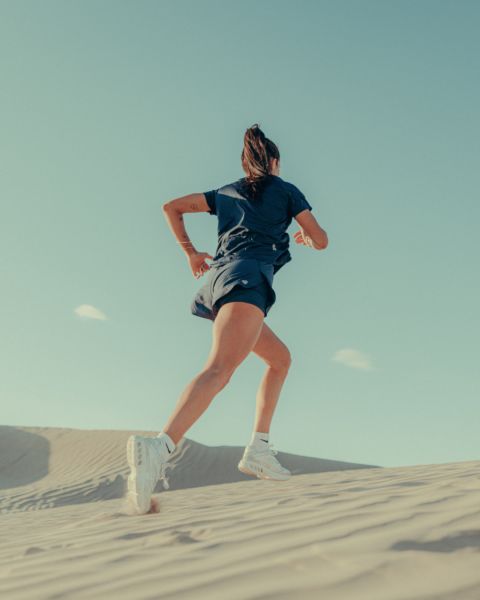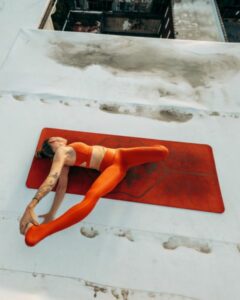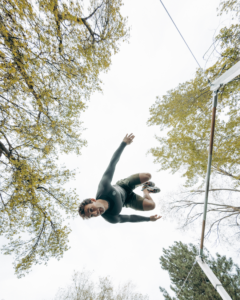LOWER LEG STRENGTH

Lower leg strength is crucial for runners. Not only does increased leg strength help with your power, but it also helps with your ability to deal with training load and stay injury resistant. One of Joshua's coaches once explained to him that if your heart and lungs are your engine, then your legs are the parts that keep it all running smoothly and help the car stay in one piece. If your legs don't work correctly, then it will impede your running. Running is a very repetitive movement that can result in us creating imbalances and areas of weakness. Even the best runners in the world don't activate all the muscles in their legs. By incorporating some strength training into your weekly plan, you can 'switch on' the muscles you don't usually use and make sure they don't become 'switched off'. In theory, this ensures everything in your lower legs is in good working order and enables you to run more consistently.

